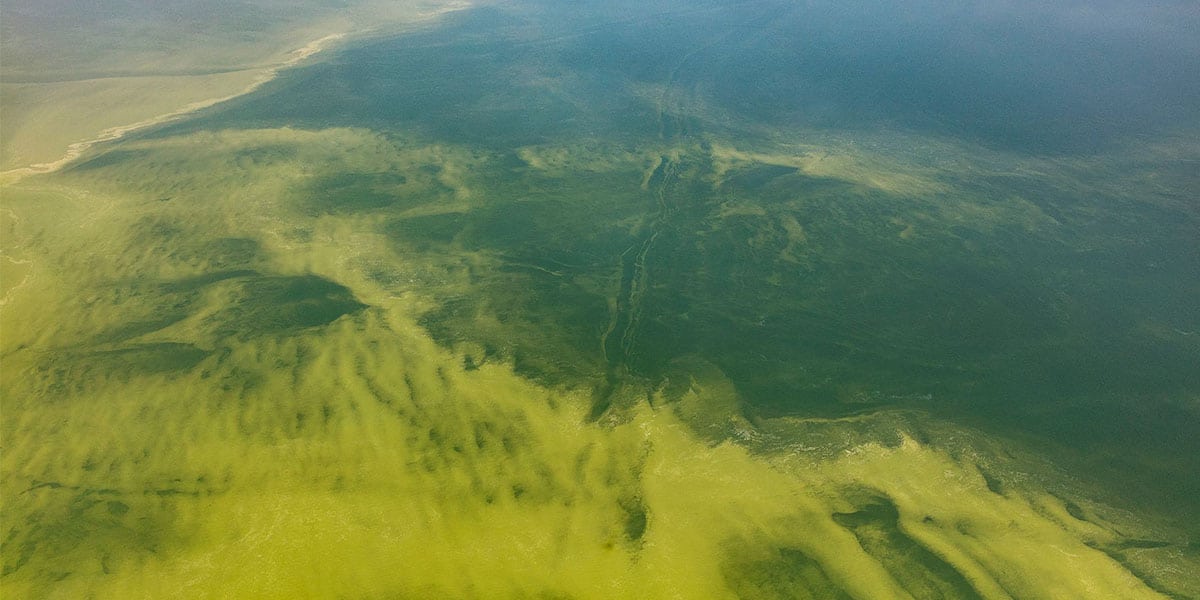Lake Erie is hiding something beneath its green, murky surface, and it’s more complex than it seems. Recent findings from The Ohio State University throw light on this phenomenon. They reveal that during the early summer, we might be overestimating the harm of these toxins. But as we enjoy the last days of sun, these toxins might get stronger than we anticipate.
The eerie Erie
Lake Erie isn’t just a beauty spot; it hydrates about 11 million people in the U.S. and Canada. This magnificent lake experienced a severe toxin outbreak in 2014 that disrupted Toledo’s drinking water for three days, leaving 500,000 people without safe drinking water.
Recognizing the vital role of Lake Erie as a primary source of livelihood for millions of people, ensuring the water quality by understanding the toxin concentration is imperative. As Justin Chaffin, the lead author of the study, points out, “Understanding which toxins are in the water helps us manage our beaches, water treatment processes, and even guide people when it’s safe to dip their toes.”
The common microcystin
At the heart of this matter is a toxin called microcystin. Microcystin belongs to the category of cyanotoxins, which are generated by specific strains of blue-green algae, scientifically referred to as cyanobacteria. These noxious compounds raise significant alarm owing to their capacity to inflict damage upon humans, animals, and the ecosystem at large, particularly when they exist at elevated levels.
Think of it as a mischief-maker with many disguises. The type of trouble it can cause depends on small molecular changes. There are hundreds of microcystin types, affected by the levels of nitrogen in the water. Early in summer, when nitrogen is high, milder toxins dominate. But as nitrogen dips, the tougher guys step in.
The villain swift
Diving deeper, not all toxins are created equal. In Lake Erie, the MC-LR toxin has been the talk of the town. Yet, Chaffin’s team discovered others that could be far less or more toxic.
In their study, they took samples from 15 different locations across the lake over two years. They noticed that, early on, MC-RR ruled the waters, being five times less toxic than MC-LR. But as summer ended, MC-LA, which can be two and a half times more toxic than MC-LR, took the lead.
The study revealed a strong connection between the toxicity levels of the most common congeners in Lake Erie and the presence of nitrogen in the water. In the early warm months, when nitrogen is plentiful, the dominant congeners tend to be the less harmful variety. As the season progresses and the nitrogen levels drop, the balance shifts and the more toxic types of congeners become predominant.
Towards a safer future
The changing toxicity levels in Lake Erie’s waters have direct implications for water treatment processes, recreational activities, and public health advisories. There’s an evident need for continual monitoring, accurate forecasting, and timely interventions.
Understanding these shifts and the factors driving them is the first step toward ensuring the safety of the water drawn from Lake Erie. While research like that of Chaffin’s team shines a light on the issue, consistent monitoring, innovative solutions, and community awareness will be the keystones in ensuring that Lake Erie continues to serve as a reliable water source for millions.
